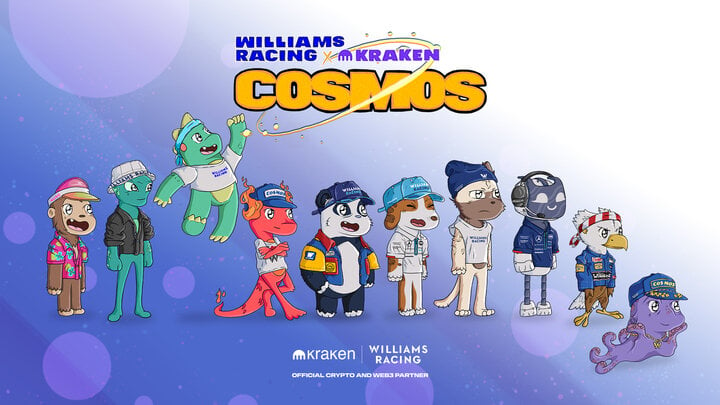ARTICLE AD BOX
Felix Pinkston Sep 06, 2025 05:38
NVIDIA introduces a unified memory architecture to optimize large language model inference, addressing memory constraints and improving performance.

Large Language Models (LLMs) are at the forefront of AI innovation, yet their massive size poses challenges for inference efficiency. Models such as Llama 3 70B and Llama 4 Scout 109B demand significant memory resources, often exceeding conventional GPU capabilities, especially when handling extensive context windows. According to NVIDIA, loading these models in half precision requires approximately 140 GB and 218 GB of memory, respectively. This demand increases with additional data structures like the key-value (KV) cache, which scales with context length and batch size.
Unified Memory Architecture
NVIDIA's Grace Blackwell and Grace Hopper architectures offer a solution through their NVLink C2C, a 900 GB/s memory-coherent interconnect. This technology allows CPUs and GPUs to share a unified memory address space, facilitating data access without redundant transfers. This advancement enhances the efficiency of LLM fine-tuning, KV cache offloading, and inference by allowing models to utilize CPU memory when GPU memory is insufficient.
The NVLink-C2C connection, featured in the NVIDIA GH200 Grace Hopper Superchip, supports this unified memory architecture. With 96 GB of high-bandwidth GPU memory and access to 480 GB of LPDDR memory, it enables the handling of datasets that would otherwise surpass GPU memory limits. This setup is pivotal for performing complex computations in scientific research and AI model deployments.
Code Implementation
To demonstrate the practical application of this architecture, NVIDIA provides a walkthrough using the Llama 3 70B model on a GH200 Superchip. The process involves setting up an environment, accessing the model via Hugging Face, and employing Python libraries such as transformers and CUDA. The unified memory architecture allows the model to be streamed into the GPU, overcoming limitations of traditional memory setups.
Overcoming Memory Limitations
One significant challenge addressed by this architecture is the out-of-memory (OOM) error commonly encountered when loading large models entirely into GPU memory. By leveraging managed memory allocations, the GH200 system enables the GPU to access CPU memory, thus expanding the available memory space. This approach is facilitated by the RAPIDS Memory Manager (RMM) library, which allows memory to be allocated and accessed by both CPU and GPU transparently.
In practical terms, this means developers can load larger models without manual data transfers, utilizing a memory space that exceeds the physical GPU limits. This capability is crucial for advancing AI applications that require extensive computational resources.
Conclusion
As the size of AI models continues to grow, managing memory efficiently becomes increasingly important. NVIDIA's unified memory architecture provides a robust solution, enabling seamless access to CPU and GPU memory. This development is a significant step forward in making state-of-the-art LLMs more accessible on modern hardware. For further details on managing CPU and GPU memory, NVIDIA suggests consulting the Rapid Memory Manager documentation.
Image source: Shutterstock








 English (US) ·
English (US) ·